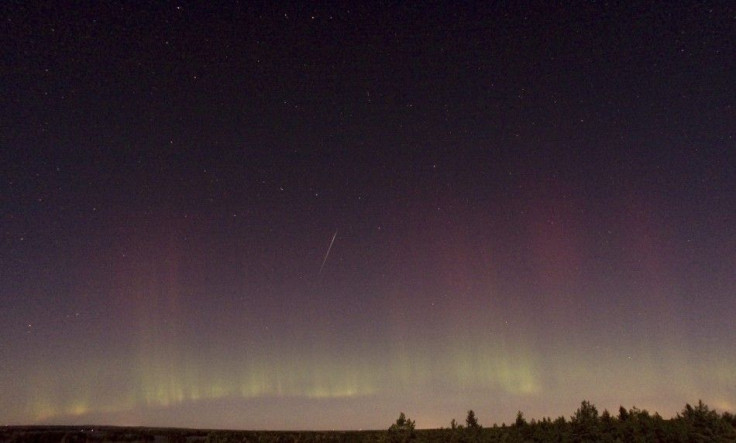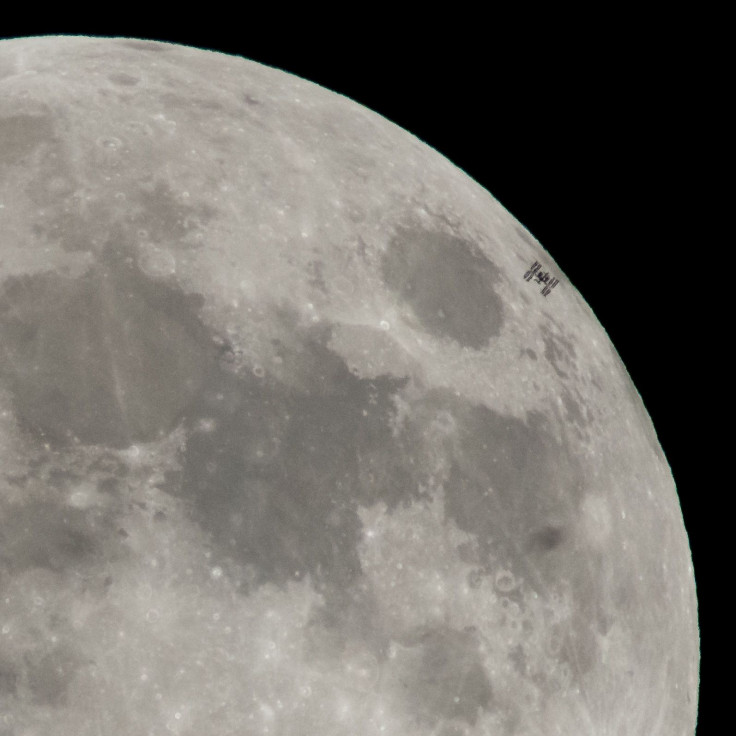Micro Full Moon, Halloween Blue Moon, 2 Meteor Showers: October A Big Month For Sky-Watchers
KEY POINTS
- October is jampacked with sky events to watch out for
- The month will begin and end with 2 unique full moons
- There will also be 2 meteor showers in October
October will be an exciting month for sky-watchers as it offers several exciting events including two unique full moons and two meteor showers.
October 2020 is a "blue moon" month, which means that it will have two full moons. Specifically, the month will begin and end with a full moon. The first of which will arrive on Thursday at 5:05 p.m. EDT. It will appear full for three days this time, starting from Wednesday morning until Saturday morning, NASA says.
The first October full moon is called by many names including the "Travel Moon," "Dying Grass Moon" and "Harvest Moon." Typically, the Harvest Moon pertains to the full moon closest to the date of the Autumnal Equinox, which happened last Sept. 22 and it often lands in September. Coincidentally, it falls on the first day of October this year.
This first full moon of October is also considered a "micro full moon," the opposite of a Supermoon, because it will be one of the smallest full moons of the year.
On the same evening as the Harvest moon, Mercury will also be at its greatest eastern elongation, which means that it will be 25.8 degrees of the sun, EarthSky says. Although it will not be as easily visible in the Northern Hemisphere even with the use of binoculars, sky-watchers in the Northern Hemisphere can still enjoy the view of Jupiter that evening, which will be about 28 degrees above the horizon at about 7:47 p.m. EDT, with Saturn on its left. With clear skies and a telescope, backyard sky-watchers may even spot four of Jupiter's moons.
Days later on Oct. 7 will be the peak of the first meteor shower for the month, the Draconids. Compared to other meteor showers that are best observed in the late evenings, the Draconids are best observed in the mid-evening so sky-watchers won't have to stay up late to catch a glimpse of it. It's best to try and catch a glimpse of it as soon as night falls.

Although Earthsky notes that the Draconids typically don't produce big shows with just about five meteors per hour, in 1933 and 1946, the Draconids produced a stunning display of thousands of meteors per hour. In 2011, observers in Europe also spotted an impressive 600 meteors per hour.
This is said to happen when the event coincides with the perihelion of the comet associated with the meteor shower. As the next perihelion isn't expected until 2025, an outburst from the Draconids is not really expected this year.
On Oct. 13, Mars will be at opposition, which means that it will be at its closest and brightest to Earth for the year, with the "full Mars" appearing about 9 degrees above the horizon in the east.
After the new Moon on Oct. 16, the early morning of Oct. 21 will be the peak of another meteor shower, this time the Orionids. Although the strength of the meteor shower varies per year, this year's Orionids are expected to display some 20 meteors per hour.
"The best time to look for these meteors would be after midnight but before the sky begins to lighten with dawn," NASA says.
Lastly, another full moon will close the month of October. Called a "Blue Moon" and rising on the morning of Oct. 31, it is not named as such because it will have a bluish hue but, because it is the second full moon in a single month.
This particular full moon is quite special because Halloween full moons are not that common, happening only once every 18 to 19 years or so, while blue moons are said to occur only about once every two and a half years on average.

© Copyright IBTimes 2024. All rights reserved.





















